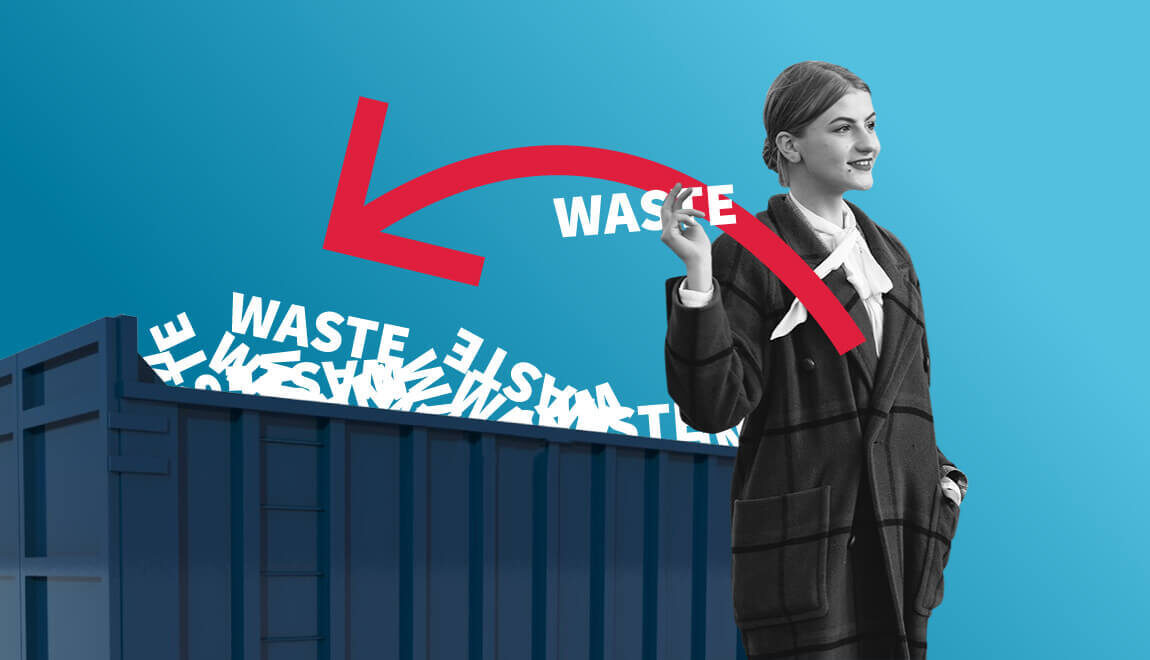Developing high-performing teams will be the focus of many enterprises in 2020. Companies will confront the fallacy that pace is what unlocks the company’s full potential and recognize that how the company organizes its people and information flow is what determines performance.
Organizing for a dynamic and complex environment requires a much different structure than the traditional command-and-control pyramid. Talent acquisition and development strategies must be built on a team-of-teams approach consisting of multidimensional individuals, rather than traditional siloed teams consisting of single subject matter experts. Put differently, the focus shifts from developing so-called 10x individuals to developing 20x teams.
Lessons from the battlefield

The transformation of the battlefield and the U.S. military’s adaptation offers an excellent case study, specifically the experience in Ramadi, Iraq. The unpredictability and dynamic conditions of the battlefield are similar to the current business environment: combating insurgents who utilize asymmetrical tactics and are well equipped with the latest technology, while having to maintain and grow the customer base (citizenry).
The “clear, hold and build” strategy that worked in Ramadi revealed that capabilities such as raids had been elevated to the level of strategy. Modern business has done something similar by elevating the increase in pace, agile and DevOps capabilities to strategy. However, merely holding meetings more frequently and in a different manner falls short of desired results. What companies need, as the military learned, is more flexible joint power from multidimensional teams that provide multiple options in the face of volatility, rather than the limited options of a traditional pyramid of teams.
As retired U.S. Army General Stanley McChrystal explains in Team of Teams, the military in Iraq needed to be not only efficient but also adaptable. It became a priority to focus on reconfiguring to be able to deal with volatility quickly. Simply deploying more resources and putting more people to work, to become more efficient in the current operating model, was not enough. As McChrystal points out, the traditional pyramid constrains team productivity due to choke points, ineffective communication channels, stifled creativity and inadequate response time.
So the military created linkages between teams, put people from different service branches and agencies on the same team, and shared information widely so everyone understood the larger mission and could make decisions accordingly. McChrystal understood that “technology had changed in such a way that management had become a limfac [limiting factor].”
The same is true in today’s business environment, where an explosion of technological progress — improved capabilities to track, measure and predict via big data and advanced analytics; moonshot projects; and unconventional business models — has created a more interdependent, fast-paced and complex business environment. In this environment, companies need interconnected multidimensional teams that can adapt and scale.
The new teams

The new interconnected teams have diverse skills that capitalize on the team’s collective intelligence and increase a team’s productivity. The shared sense of purpose and mentoring that occurs within the team not only strengthens the relationships and performance but also mitigates knowledge gaps between senior and junior employees.
Populate these teams with double-deep personnel and now you have the ability to scale across the company, purposefully cross training your people to fill gaps. This creates a natural talent pipeline. Rotating people through different teams means employees advance through project-based promotions and team assignments rather than the traditional subjective requirements.
In order to be effective and maximize the potential of these multifaceted teams, they need to be empowered to make decisions. This does not mean they operate totally on their own, but they “have implicit trust that their senior leaders will back their decisions,” as Navy SEALs Jocko Willink and Leif Babin point out in Extreme Ownership. With proper decentralized command, teams that are closest to the situation can execute in a manner that supports the overarching goal without having to ask for permission.
In 2020 leaders will determine how to, in the words of McChrystal, “scale the fluidity of teams across entire organizations” amidst the chaos of ongoing business transformation. Ultimately, building better teams will build better individuals and enterprises. The ability to develop and lead a network of high-performing teams will be key to business success in the post-digital age.









